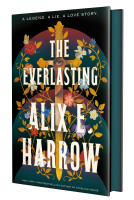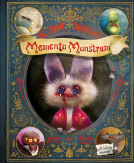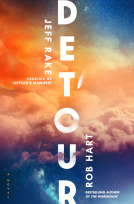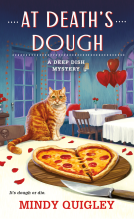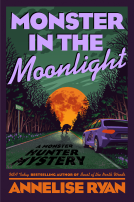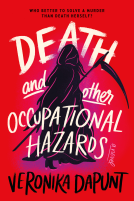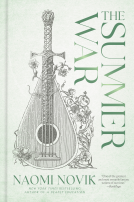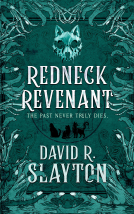
Samurai Rising
The Epic Life of Minamoto Yoshitsune
by Pamela S. Turner
This title was previously available on NetGalley and is now archived.
Send NetGalley books directly to your Kindle or Kindle app
1
To read on a Kindle or Kindle app, please add kindle@netgalley.com as an approved email address to receive files in your Amazon account. Click here for step-by-step instructions.
2
Also find your Kindle email address within your Amazon account, and enter it here.
Pub Date Feb 02 2016 | Archive Date Dec 30 2016
Description
This epic warrior tale reads like a novel, but this is the true story of the greatest samurai in Japanese history.
When Yoshitsune was just a baby, his father went to war with a rival samurai family—and lost. His father was killed, his mother captured, and his surviving half-brother banished. Yoshitsune was sent away to live in a monastery. Skinny, small, and unskilled in the warrior arts, he nevertheless escaped and learned the ways of the samurai. When the time came for the Minamoto clan to rise up against their enemies, Yoshitsune answered the call. His daring feats and impossible bravery earned him immortality.
Advance Praise
“A rollicking
loose-cannon action-hero story, rich with epic battles and vivid details of
samurai life.”
--Steven Sheinkin, author of Bomb and The Notorious Benedict Arnold
“Ho-hum history? Hardley! Here is an exhilarating, wild-ride of an adventure story. And it’s all true.”
--Candace Fleming, author of The Family Romanov
* “Gripping.”
--School Library Journal, starred review* “Pure excitement.”
--Booklist, starred review
* “Told with true grit.”
--Kirkus Reviews, starred review* “Yoshitsune’s story has it all.”
--The Bulletin of the Center for Children’s Books, starred reviewBooklist's Top Ten Biographies for Youth
Marketing Plan
* ARC distribution beginning at BEA 2015
* National advertising campaign
* Chapter excerpt available on charlesbridge.com
* Downloadable discussion guide on charlesbridge.com
Available Editions
| EDITION | Other Format |
| ISBN | 9781580895842 |
| PRICE | $16.95 (USD) |
Links
Average rating from 19 members
Readers who liked this book also liked:
Jochen Till
Children's Fiction, Comics, Graphic Novels, Manga, Sci Fi & Fantasy
Veronika Dapunt
General Fiction (Adult), Mystery & Thrillers, Sci Fi & Fantasy
Maureen Johnson; Jay Cooper
Entertainment & Pop Culture, Mystery & Thrillers
